What you carry and how you carry it affects your hunt—before and after the shot!
by Wayne van Zwoll for HuntDaily; promoted by ALPS OutdoorZ
The kid was half my size. Ahead of me on the trail, his backpack hid all but his ankles and boots. He was the leader on that hike, and I had as much weight in my pack as he had in his. Yet by the third day in the Presidential Range, my shoulders were bleeding and the kid seemed, as we used to say, “fresh and chipper.” I pulled him aside and asked about that pack. He told me to put it on.
I would have swapped my deer rifle for that pack. The kid from New York City had no interest in hunting. Reading my mind, he offered to carry some of my gear. With a hearty laugh, I said no, mine was a feathery load. “I just wanted to make sure you weren’t struggling, lad.”
With that, I limped off.
Since then, packs have held my attention. Last fall, I skipped across the hills with a new pack from the Extreme line by ALPS OutdoorZ—a standout among companies specializing in packs. There are others, although I’m sweet on ALPS because the company offers top-quality packs designed expressly for hunters. As ALPS’ Zach Scheidegger points out, the brand also catalogs an alternative to conventional camo…the solid “coyote brown” that I prefer.
OK, I didn’t really skip across the hills. Trudging through a foot of Montana snow, I was determined to snare a few days afield after losing most of the season to a broken ankle. That ankle hobbled me; my pack didn’t.
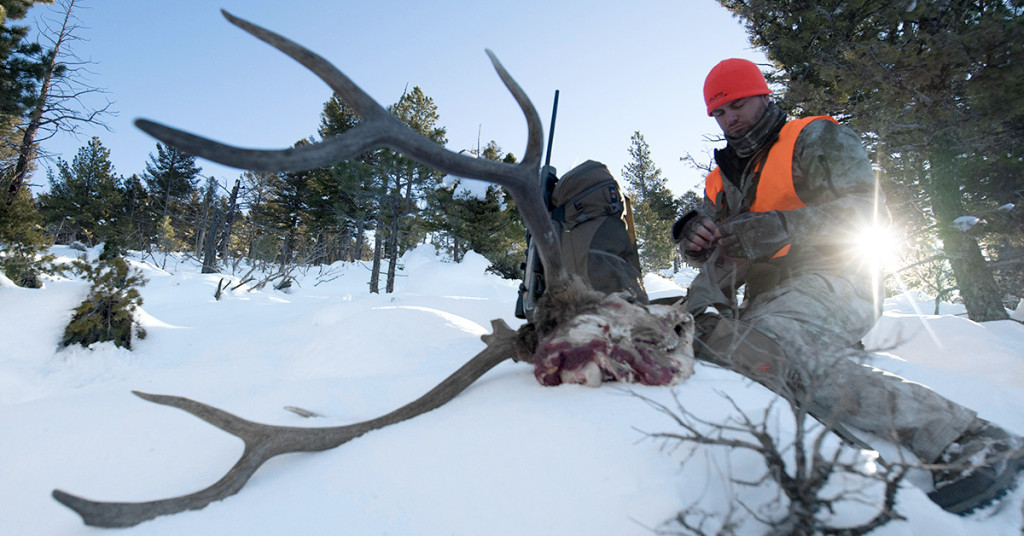
The broad selection of hunting packs available today reflects decades of refinements and myriad differences in design, materials, and features. Top-end, high-capacity expedition packs for alpine ascents and week-long hunts reached the middle of the 20th century with external frames of tubular alloy, welded at its junctures. In the late 1960s, George Lowe developed an internal-frame pack with polymer stays. The design caught on. Lighter, less bulky, and generally more comfortable than their predecessors, internal-frame packs lie closer to your back. They flex more readily and follow the twists of your torso. Most are bigger than traditional day-packs, so you can haul your spike camp and plenty of extra clothes. Still, they’re no burden on the trail; you can carry them while hunting. Mercifully, even mid-capacity internal-frame packs now have belts to stabilize the pack and allow you to distribute the press of your load between shoulders and hips. No, such packs won’t bear as much weight as external-frame packs.
Under ALPS’ Pursuit X pack for the last two elk seasons, I endured no chafing. The pack moved with me, as if it were part of my body. Slender enough to avoid snags in brush, it had more capacity than I used, and it gave ready access to what I did carry. It’s one of 34 packs listed by ALPS OutdoorZ.
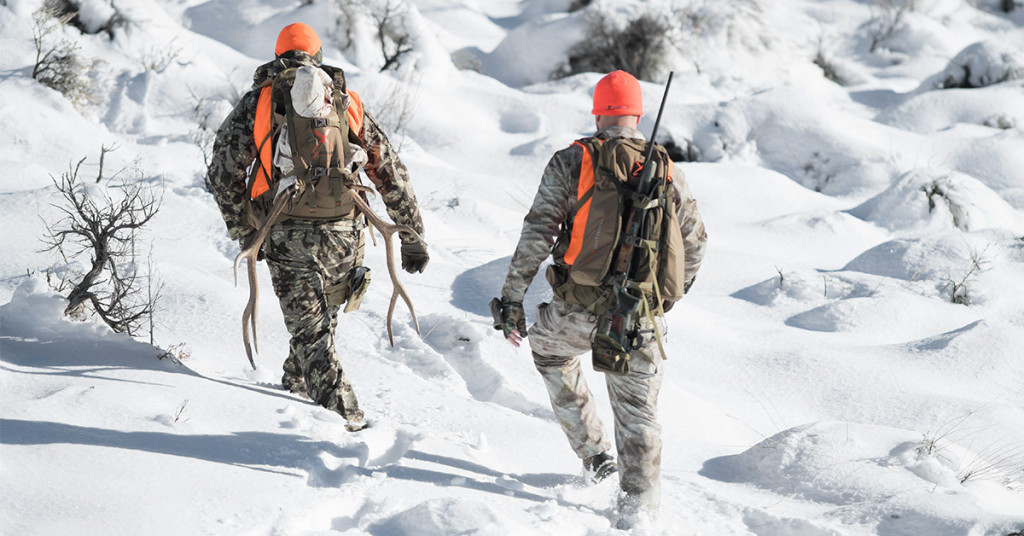
Mid-size shoulder-borne models dominate the pack market, but a lumbar pack offers comparable space. It’s bigger than a fanny pack, which, if you don’t eat much, holds lunch and a flashlight. A lumbar pack carries extra cartridges, camera, rain gear, and clothes you strip on a climb. And, of course, an emergency kit. This pack rides in the hollow of your back, not on your hips. The wide belt gets an assist from shoulder straps. If you’re an archer, you’ll appreciate the freedom it affords your shoulders. When you crawl, a pack that hugs your lower back doesn’t bounce and sway like a pack on your scapulae, and it keeps a lower profile.
Lumbar packs by ALPS have the features I look for: big compartments, sturdy construction, generously padded belts and straps, easy-pull zippers, and outside pouches that put a flashlight, compass, and folding knife at your fingertips. The best of the lot may be the ALPS Big Bear X, one of 14 Extreme-series hunting packs. This cleverly designed model has an 800-cubic-inch daypack that rolls into the lid of the main compartment and brings total capacity to a whopping 2,700 cubic inches.
Any pack should have a main compartment big enough for all you carry. Auxiliary pouches are most useful outside the bag. Dividing a bag restricts what it can accept and seldom improves access. My old expedition pack has a cavernous bag that will hold 120 pounds of elk meat, which is more than I now want to carry. The top packs specifically for meat have external frames with aircraft-grade alloy and robust tubular walls, plus an integral shelf and plenty of lashing anchors. You’ll have to bring your own heavy cotton game bag.
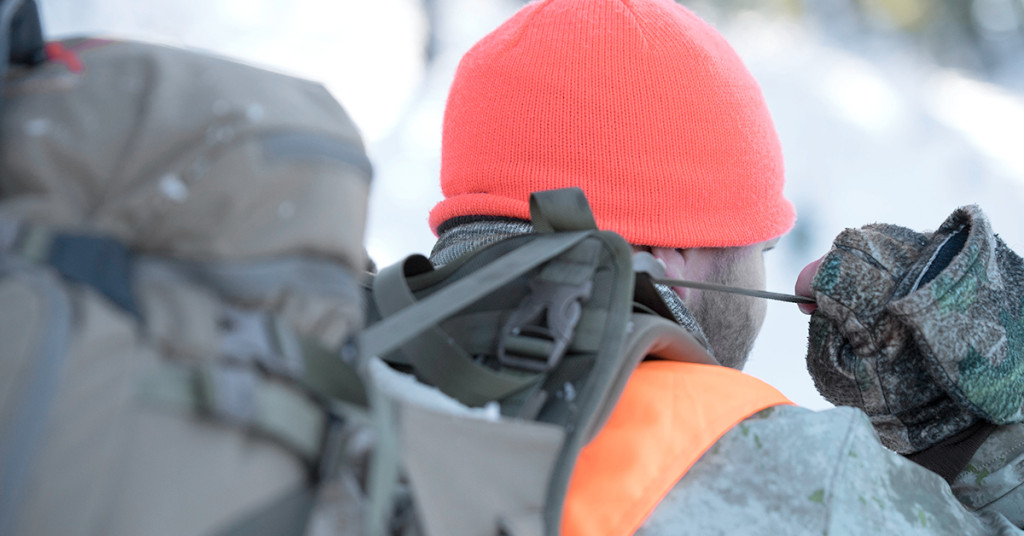
Perhaps better is the Commander X from ALPS OutdoorZ. It features a length-adjustable polyethylene frame with alloy stays, a shelf, and an expandable meat sling of tough nylon. Lash straps and a hydration pocket are included. I’ve seen this pack in action. It’s stout and versatile. By the way, the Commander X also comes as an expedition pack with a 4,000-cubic-inch bag and a top that detaches as a fanny pack. It has a fleece-lined pocket for a spotting scope and boasts an LED light. New at ALPS for 2018 is the Trophy X—an alloy-frame, adjustable-length freighter with a shelf and roll-out lashing.
Even with light loads, you’re smart to pack so the weight rides high near your scapulae, where it’s easier to control than at mid-back. This keeps the center of gravity well forward and close to your back.
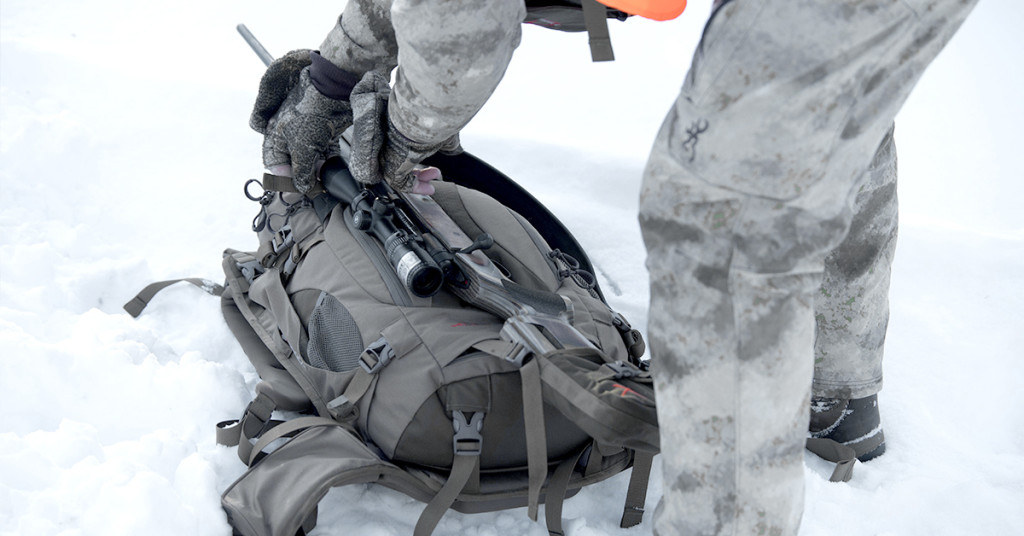
Durable Cordura was once standard pack material. Softer, lighter, quieter options of competitive longevity and leak resistance are replacing it. Cordura-like materials have Denier ratings. The number is the weight in grams of 9,000 yards of a single strand. A strand of silk earns a Denier score of 1, as 9,000 yards scale about a gram. Cordura is rated hundreds of times higher. Neither trade-marked names of new wonder-cloth (Robic and 1680 D Ballistic Nylon and Hypalon in ALPS packs) nor Denier numbers should keep you awake at night.
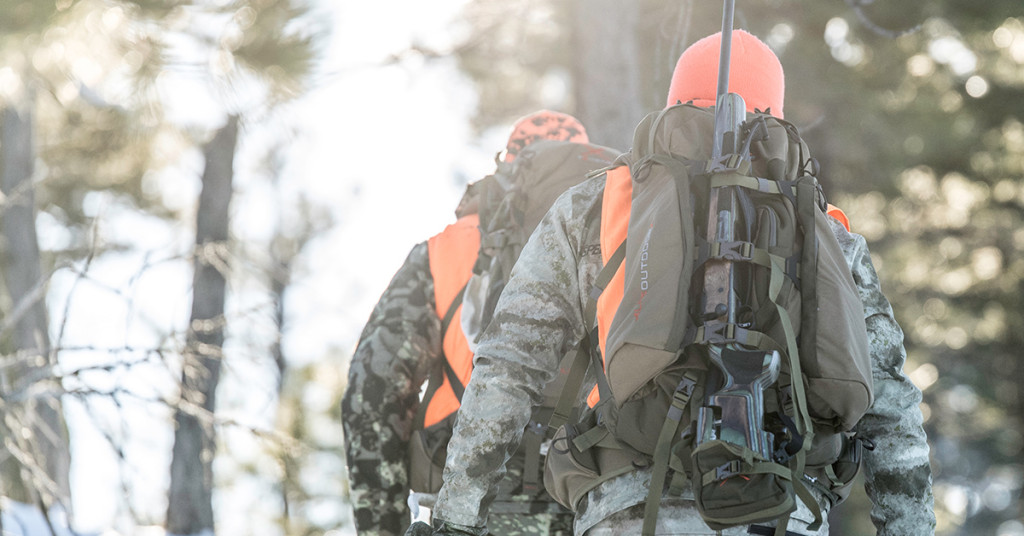
Shoulder straps must be easily adjustable, broad, and thickly padded by high-density closed-cell foam or equivalent. Ditto for the belt. Adjusting load distribution between shoulders and hips as you walk, you’ll go farther comfortably without breaks. Most external-frame packs have webs near the lumbar level and just below your scapulae. The lower web should be drum-tight, the upper snug enough to let air circulate without forcing the load away from your back.
Most pack failures occur at the stitching and zippers. Strained by load weight and by stress as you tug a pack on and off, seams can leak, tear, or separate. I favor designs that keep seam inches to a minimum. Brush-on sealants can fill tiny fissures that develop. Zippers are also seams. Both fine and coarse zipper teeth have advantages. For packs, I prefer coarse. Small teeth jam more readily and are harder to troubleshoot. Zipper tabs must be easy to grip with frozen fingers. Even big tabs benefit from leather fobs, which also help silence tabs that rattle or clink. Flaps keep water from leaking through or freezing onto zippers.
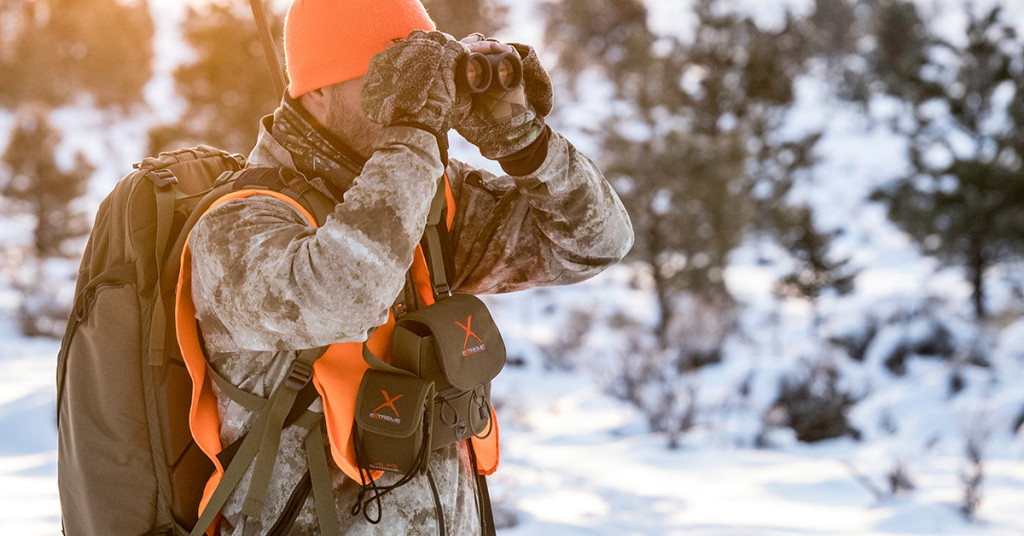
The best packs are designed by people who’ve trod a few trails and added useful features. Folding seats, hydration bladders, and detachable “sub-packs” that let you temporarily shed the main load make sense, as do storm flaps and compression straps. A rain cover comes on the ALPS Crossfire X, which is a 2,325-cubic-inch pack with a drop-down bow/rifle pocket that leaves your hands free to climb or glass. Incorporating ideas from Midwest deer hunters, ALPS designed the 2,700-cubic-inch Pursuit X with those features, plus an aluminum center stay and a quiver holder.
While my Pursuit X didn’t bring a bull elk to my rifle last year, it made my time afield a pleasure.
No matter which pack you choose for your next hunt, break it in by loading it with the gear you’ll have afield and strapping it on for a few hikes. A new pack shouldn’t be new on opening day.
ALPS OutdoorZ, an ALPS Brands Company
Beginning in 1993 with the establishment of ALPS Mountaineering, ALPS Brands is a continuously growing and expanding group of companies dedicated to developing and manufacturing high-quality, performance-driven outdoor products. Currently making up the ALPS Brands family of companies are ALPS Mountaineering, ALPS OutdoorZ, Cedar Ridge, Browning Camping, and Browning Hunting Blinds.
Using the experience and knowledge gained from manufacturing high-quality camping and backpacking gear under ALPS Mountaineering, ALPS Brands established ALPS OutdoorZ in 2007 with the mission of developing affordable, performance-driven hunting gear. Ten years after releasing their first group of hunting products, ALPS OutdoorZ has grown to offer packs, furniture, gun cases, sleeping bags, ground blinds, and waterfowl gear. Brought together by a shared passion for wildlife and conservation, ALPS OutdoorZ is a proud sponsor and licensee of Delta Waterfowl, RMEF, and NWTF products, and a percentage of the proceeds go directly into each organization to support their initiatives. ALPS: Active Lifestyle Products and Services.
SOURCE
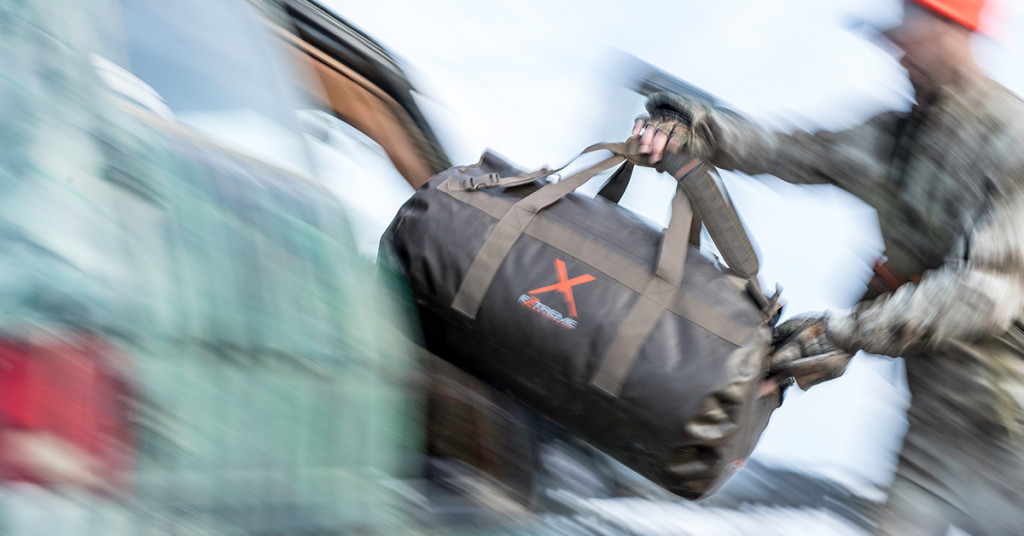
article copyright © 2017 HuntDaily.com; promoted by ALPS OutdoorZ
Although ALPS OutdoorZ is one of our sponsors, the views expressed in this article are those of the author. HuntDaily.com receives compensation from ALPS OutdoorZ in various forms to help promote their products.

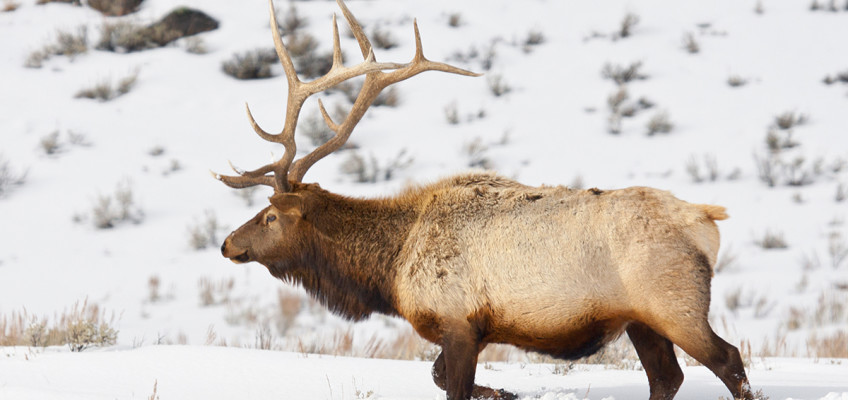
Leave a Reply